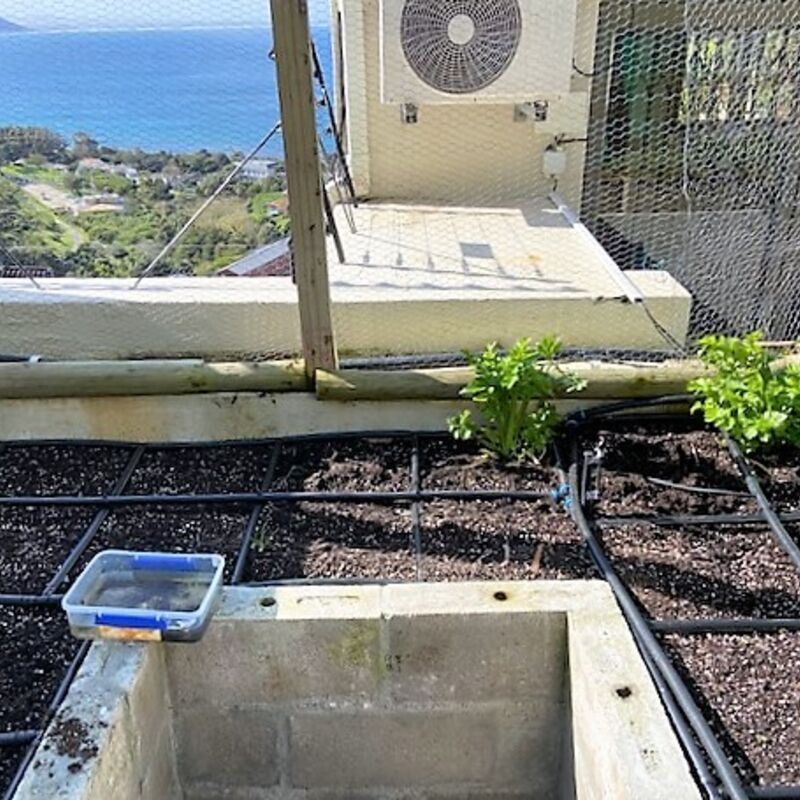Growing celery

Growing Celery
My first attempts at growing celery produced tasteless stalks; hence I have provided more detail than usual in this section.
Celery has three critical needs:
· cool weather (it will not tolerate high heat),
· constant water (stalks will be small, stringy, tough, and hollow if it goes without water),
· soil rich in organic matter and— because its roots are shallow (just a few inches deep) fertilizers should be applied on top of the soil.
Before planting, mix aged manure or compost into the soil. Or work in some 5-10-10 fertilizer. The need for a long growing season generally prohibits direct-sowing, but if desired: Set seeds ¼ of an inch deep. Thin to 12 inches apart when plants are about 6 inches tall.
To start plants indoors, soak seeds in warm water overnight to speed germination. For a spring crop, start seeds 10 to 12 weeks before the last frost date. (For a fall crop, start seeds in time to transplant seedlings 10 to 12 weeks before the first autumn frost.) Press soaked seeds into seed-starting soil; do not cover with soil. Cover starter trays/pots with plastic wrap to retain moisture. Germination should occur in about a week. Soon after seedlings appear, place a fluorescent grow light 3 inches above them for 16 hours a day (plants need dark, too). Maintain an ambient temperature of 70° to 75°F during the day and 60° to 65°F at night.
Cover with soil. Weed carefully; celery roots are shallow and easily disturbed. Tie growing stalks together to keep them from sprawling.
Blanch (wrap or cover) stalks to eliminate any bitter taste and produce pale green stalks. Use anything that will keep out light: brown-bag paper or cardboard (secure with old nylon stockings, string, vegetable wires), half-gallon milk cartons (cut out tops and bottoms), or the like. Do not cover celery leaves. Seeds are mature when they dry on the plant and fall off at the slightest touch.
DISEASES/PESTS
Carrot rust flies; earwigs, European; flea beetles; mosaic virus, cucumber; slugs/snails
HARVEST/STORAGE
Harvest outer stalks at 8 inches tall. Dark green stalks are tougher but contain more nutrients than pale ones. Keep celery in the ground for up to 1 month by building up soil around it to maintain an ideal temperature. It will tolerate a light frost but not consecutive frosts.
Celery can be stored in a plastic bag in the refrigerator for several weeks.